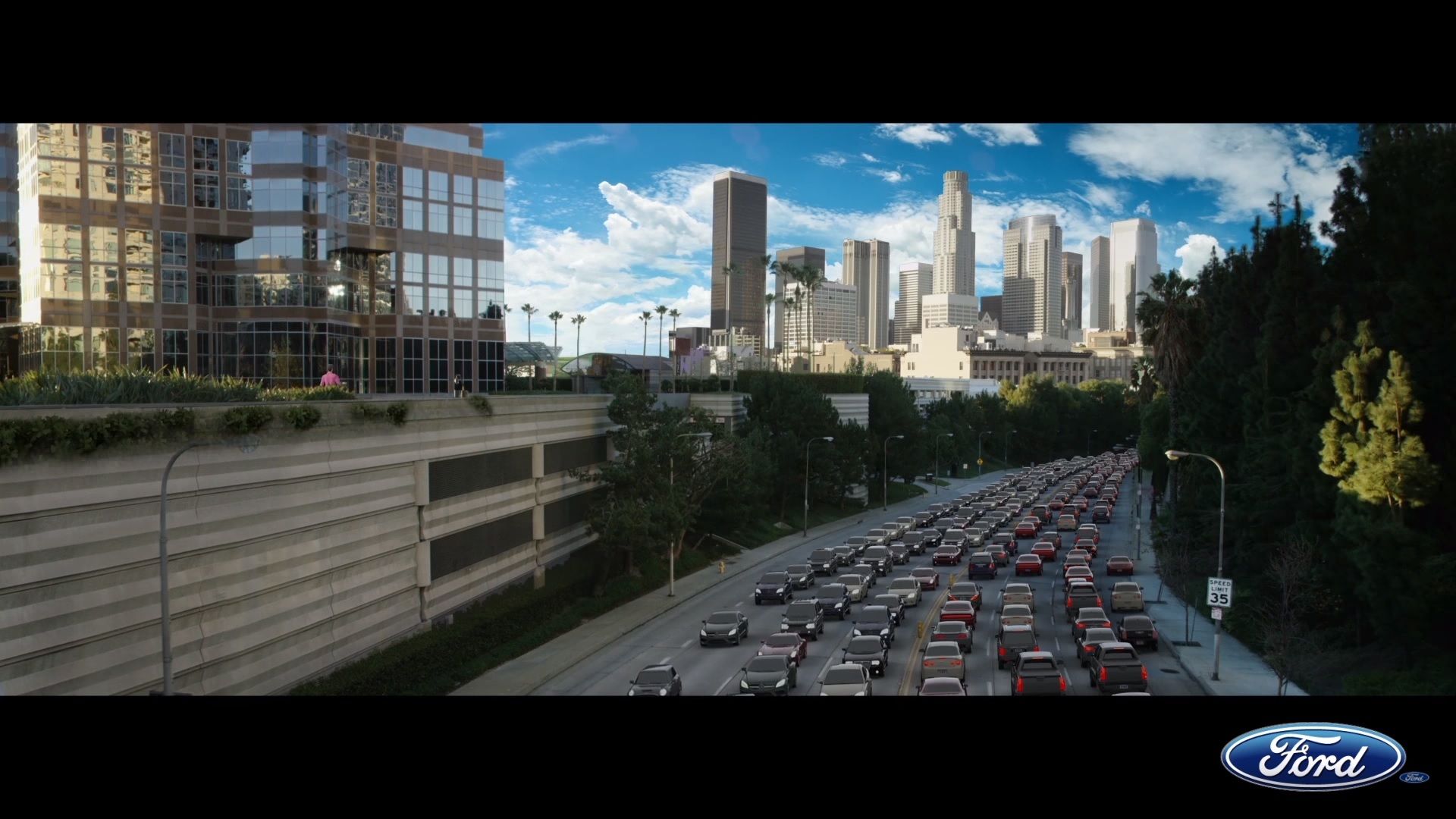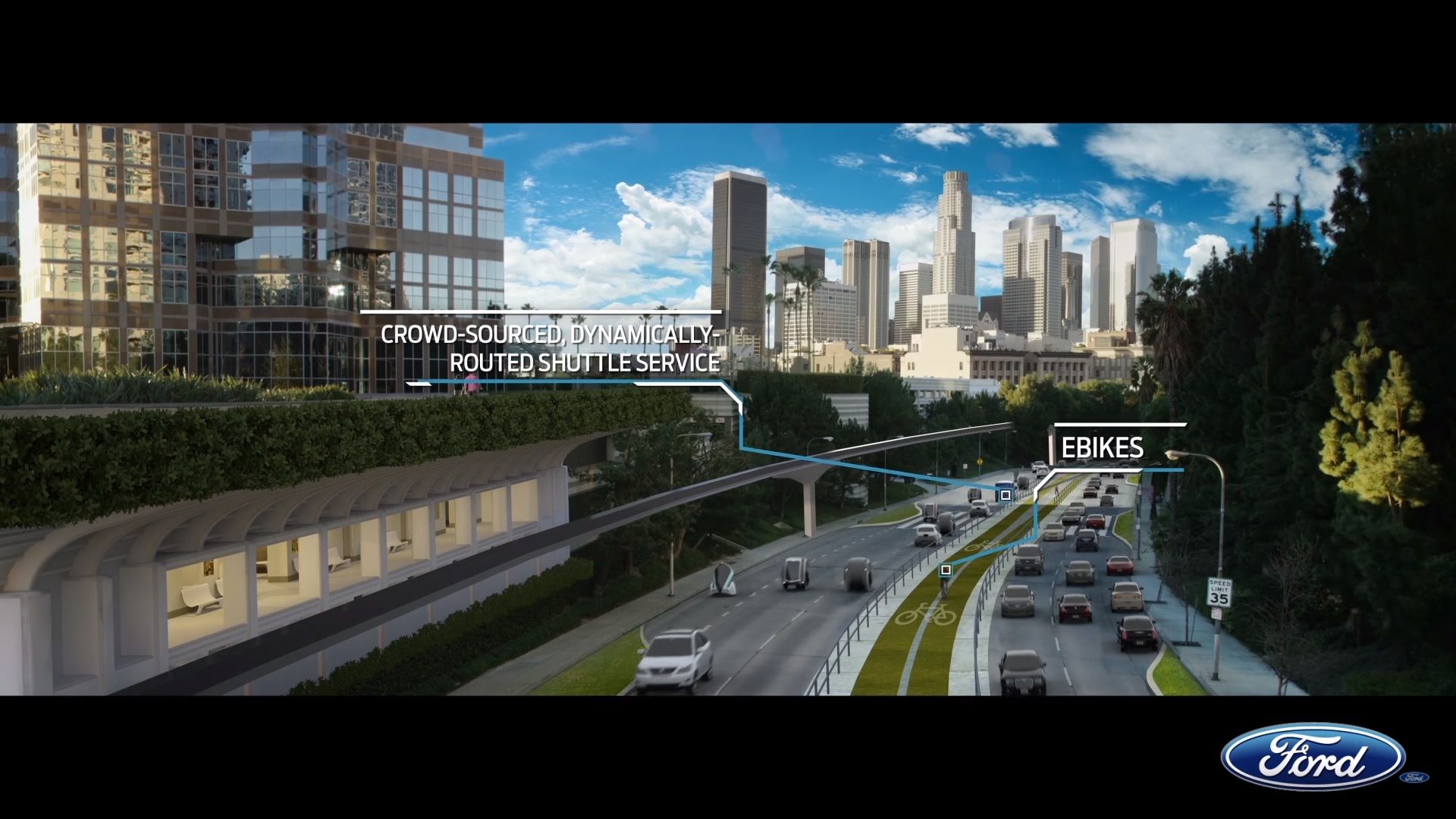A lot of ambitious ideas were thrown around at the Consumer Electronics Show, most interesting of all was Ford’s "City of Tomorrow" vision. CEO Jim Hackett went to CES to unveil the automaker’s plan to offer cities networks and technology to smooth the flow of goods and improve the quality of lives among its people. Part of that plan includes building a “transportation mobility cloud” that would allow cities to use a shared platform to manage autonomous vehicles and connect people to different types of transportation.
Ford’s plan to offer a common technology platform for cities comes at a time when the company believes in the importance of reconfiguring the world’s transportation fabric, something Jim Hackett touched on in a commentary piece for CNBC. “Today, the transport systems of most global cities have reached capacity,” he wrote. “Faced with this rapid urbanization, and the pollution and congestion that comes with it, we have to admit that the model of the past is no longer tenable. It's clear that we need to update cities to more efficiently move people and goods. In the process, we will improve the quality of life for all.”
This is where Ford’s common technology platform comes into the picture. Without going into the nitty-gritty of its plans, the automaker believes that the platform could be used to applications or run fleets of connected vehicles. These applications could then be used in a number of different ways throughout a city, including re-routing traffic away from congested streets or ensuring that self-driving cars are not cruising around, aimlessly searching for passengers.
The goal, according to Hackett, is to make cities function more efficiently by creating a mobility-driven ecosystem that can help reduce congestion and improve traffic flow. “With the power of AI and the rise of autonomous and connected vehicles, we have technology capable of a complete disruption and redesign of the surface transportation system for the first time in a century,” Hackett added.
Meanwhile, Ford has also announced a partnership with delivery service Postmates to test the feasibility and efficiency of transporting food and packages using its self-driving cars. The company’s goal with this partnership revolves around the belief that self-driving cars can be used for a variety of purposes, including goods delivery among small businesses that have, in the past, settled for using commercial vans and pickups.
Jim Farley, president of global markets for Ford, outlined a concept that features Ford’s self-driving vehicles picking up and reliving packages from multiple small businesses on a single trip. It’s all part of the Blue Oval’s plan to “test the existing business model” and identify areas of improvement that can be addressed by the use of self-driving cars.
References
Read more Ford news.
Read more technology news.
Read more CES news.


